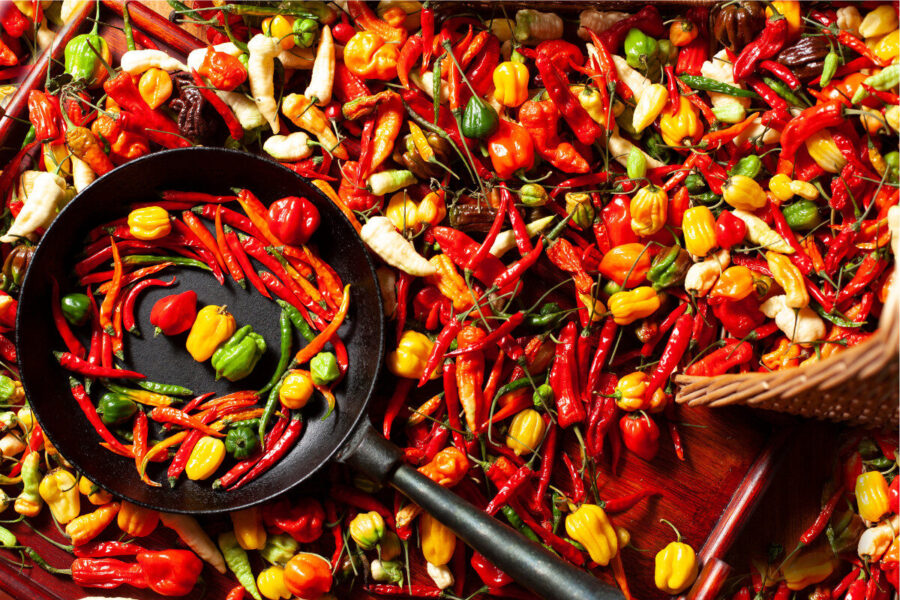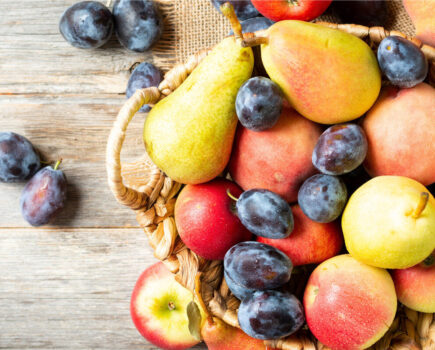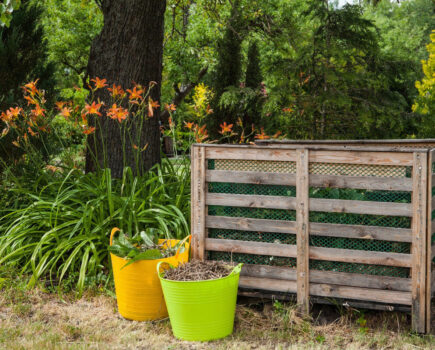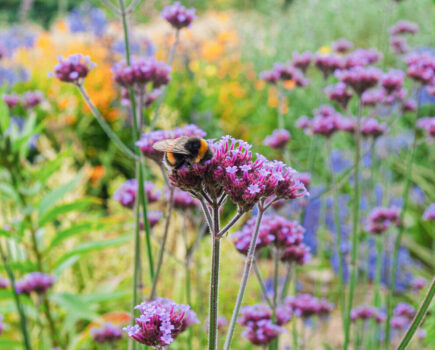For a hot pot or a sweet treat, Bob explains why there’s a capsicum to suit your taste
Something missing from most older textbooks are capsicum peppers, both sweet and chilli. Gardeners, even those with a greenhouse, tended to neglect these until recently, but now we’re overwhelmed by a multitude of mouth-searingly hot, hot, hot peppers.
These have introduced many garden-less city dwellers to gardening as they are often successful grown on a sunny windowsill.
Hot peppers and sweet peppers are similar, as both require more warmth than tomatoes so are much happier in a cold frame or greenhouse than outdoors.
But on a sunny patio, chillies crop marginally better than sweet, probably because hot are generally smaller, more compact plants with smaller fruits so they can sit on tables that are warmer than down on the ground where the bulkier sweet sorts have space to live.
Plus small hot fruits can ripen sooner (if their skin starts to turn blackish they’re wind chilled and need more shelter) whereas relatively large sweet peppers take more resources and so are slower to crop.
It makes sense to buy in plants
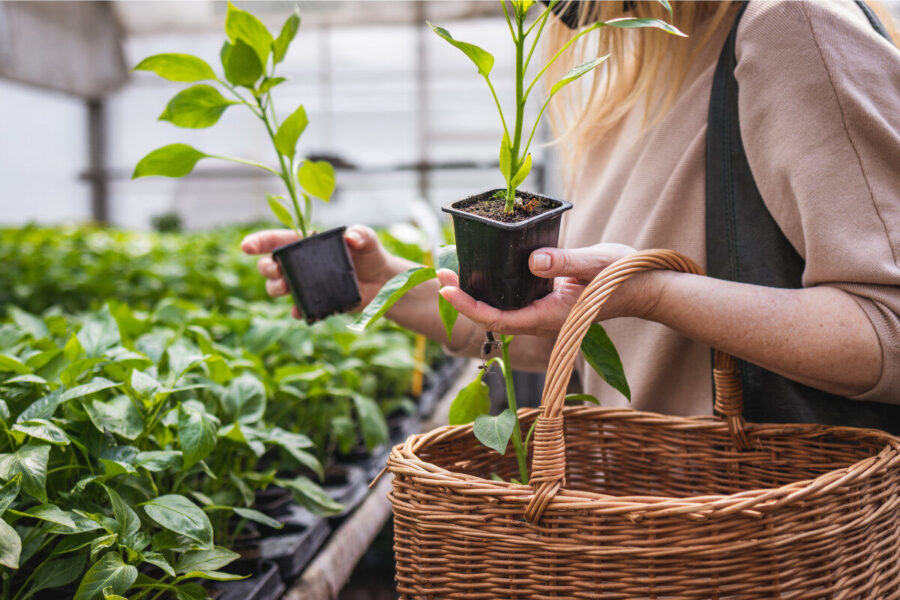
Under cover though, sweet peppers crop really well and are an excellent choice as fruits are more expensive to buy than, say, tomatoes. Yet chilli peppers have even more valuable – offer surplus at your gate at 50p apiece or 3 for £1, which is an astronomical price per kilo!
Both can be started from seed in early April, it’s too late now for a full crop, but as you likely only want a few plants it’s a similar cost to buy some plug plants in.
Although not difficult to grow, peppers are slow to germinate and grow away compared with other tender crops, so purchasing small plants right now makes considerable sense.
Keep these warm, potting up into litre pots for compact hot sorts, generous tubs for larger growing varieties and all sweet ones. The latter will also need canes to support their heavier load, the hot seldom do. Both peppers need rich, well-drained compost and regular watering and feeding, though must never get water-logged.
……………
One unusual tip – peppers like it warm but their roots do not like it hot, so when plants are standing in full sun, shade their pots, painting them white or wrapping them with aluminium foil.
…………….
Treat your chillies as perennials
Pollination is seldom needed, and fortunately neither hot nor sweet peppers are much bothered by pests or diseases, other than the usual aphids and molluscs; be especially careful with ripening sweet peppers as hungry critters can burrow through a small hole, ruining the fruit inside.
Although sweet pepper varieties ripen red, yellow or purple, most can be eaten still green, and picking some early encourages more to grow. They can also be picked as soon as they start to colour then finished on a warm windowsill. Hot peppers need to be ripe for most uses, but again prompt picking encourages more to set.
Sweet peppers can be chopped and frozen for winter use and chillies are a doddle to dry. If you have a warm bright spot indoors you may get some plants through winter holding a late crop and then for an earlier crop next year.
Sweet are predominantly annual so often lost whereas chillies are basically perennial and often succeed grown on, so do have a go.
Find more tips, advice and articles like this at the Amateur Gardening website. Subscribe to Amateur Gardening magazine now

